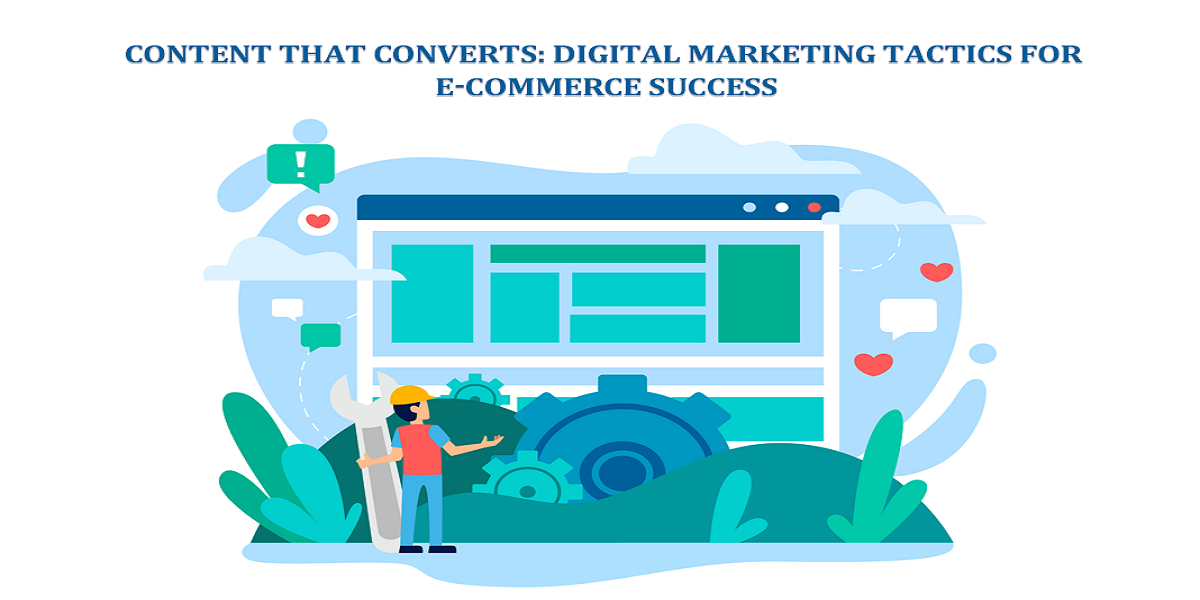
Frontend Web Development Trends That Will Dominate The Rest Of 2022
- By Rafay Pervaiz
- 23-03-2022
- Web Development
Appearance is important! The front end of a website is crucial as it gives the first impression to your visitors. It does the most vital work for you by strengthening the brand image of your business and helping in visitor retention. Since it is the first thing the visitors come across when they visit a website, it should be interactive, attractive, and easy to use. That highlights the significance of front-end development in web development.
With increasing digitization, new technologies are emerging at a higher pace. To remain in the competition, one should know the latest trends in technology or else they will be left behind. So, in this article, we have enlisted some of the latest trends in front-end development of 2022 that you or web design and development services companies can follow.
1. Jamstack
Jamstack is a contemporary web development architecture that incorporates JavaScript, APIs, and pre-built markup to create faster, more secure, SEO-friendly, and highly scalable websites and web applications. It also has tools for improving performance and workflow, maximizing productivity for front-end developers. Besides, it is also a less expensive option for front-end developers and web design and development companies.
The popularity of Jamstack has increased in the past few years and is still on the rise. According to HTTP Archive, the number of Jamstack websites increased approximately 1.5 times (about 50%) in 2021, compared to 2020. Furthermore, the number of Jamstack developers with less than one year of experience increased more than three times in 2021, implying a significant increase in the number of developers who decided to learn it. Conclusively, we can say that it will be one of the most popular front-end development trends in 2022.
2. Progressive Web Application Development
Progressive Web Applications (PWA) are web applications like a fusion of a mobile app and a mobile website. They have a native-like interface but are innovative cross-platform web applications with enhanced speed and convenience without installation or update and can even load without a network connection. Big companies like Twitter, Instagram, Uber, and Pinterest have already developed PWAs to extend their services to the portions of the user base that have issues related to network and mobile compatibility.
A majority of the world’s population now uses mobile phones rather than a desktop or a laptop. So, it is clear that this front-end development trend will make its presence even stronger in 2022.
3. Gatsby
Several companies are now developing single-page apps (SPAs) to provide enhanced services to their clients. SPAs are easy to build, fast, and user-friendly. However, they have an issue that (due to wrapping of the content of these sites in a layer of JavaScript) they are not SEO-friendly. Besides a few other things that you can do for SEO, Gatsby is one of the effective ways to address this issue.
Gatsby is a React-based open-source frontend framework that offers performance, scalability, and security. It incorporates React, Webpack, and GraphQL into one platform to develop static websites.
The pre-rendering feature of Gatsby can prevent the wrapping issue. It takes care of everything at the time of application development. When a request is made, it does not rely on the server to render anything. The site crawler does not directly access the SPA. Instead, it gets a fully rendered HTML copy stored on the server. It makes crawling easier. Since Gatsby conveniently addresses a huge problem, many web developers and companies have adopted it for frontend development.
4. Micro-frontend Architecture
Micro-frontend architecture is an emerging trend in the realm of front-end development. Renowned companies, including IKEA, Starbucks, Spotify, and American Express, are already using it, making it one of the potential candidates for front-end development in 2022.
This architecture style utilizes and expands the concept of microservices. It allows convenient app development and maintenance by disintegrating the front-end into individual, semi-independent components loosely working together. Besides offering agility and convenience, it also boosts cooperation among developers working on different constituents. Consequently, the development teams get more scalability, compact codebase, and independent deployment without dealing with complex components.
5. React
A recent Stack Overflow Developer Survey has shown the constant growth in the usage of React in front-end development in 2021, with it surpassing jQuery as the most favored web framework. Furthermore, the survey also highlighted the willingness of 1 in 4 developers to start using it, implying the increasing interest of developers in this framework. The most popular reason for this trend is that it is simple, fast, and requires minimal coding for developing practical web applications.
These trends make it evident that React will keep a strong position as one of the dominant trends in front-end development in 2022.
6. JavaScript
The good old JavaScript is still at the top in the programming realm. According to the 2021 Stack Overflow Survey, about 64.96% of developers used JavaScript regularly, making it the most commonly used language. Interestingly, it has maintained this position for nine consecutive years, proving that it is still number one!
Frontend developers and web development and design services companies mostly rely on JavaScript due to versatility. With its overall position and ubiquity, it seems impossible that it will lose its influence anytime soon. That automatically makes it one of the dominating frontend development trends of 2022.
Final Words
The front-end is one of the most vital aspects of a website. Therefore, its development relies on the trending technologies to keep up with the market and customer needs. So, if you are a front-end developer, you must remain up-to-date and keep an eye on the emerging and dominating front-end development trends to deliver the best product to your customers.
Recent blog

How NASA Uses Web Design to Optimize User Experience in Space Control
Web Design | 03-05-2024
Content that Converts: Digital Marketing Tactics for E-Commerce Success
E-commerce | 02-05-2024.png)




